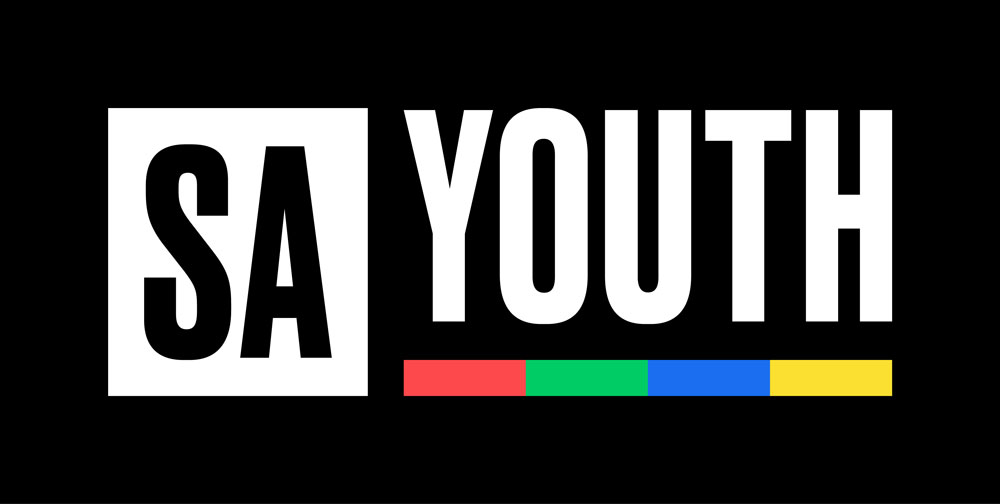

SA Youth connects young people to work and employers to a pool of entry level talent.
Are you a work-seeker?
These seven insights are drawn from Breaking Barriers, a quarterly analysis that draws on data gained from our engagement with over 450,000 young work-seekers who are at risk of sustained, long-term unemployment. Harambee uses this research to develop insights and drive interventions that can more effectively transition young people into jobs and address the global challenge of youth unemployment.
1. Where are the jobs?
We know the economy is not growing fast enough. We also know that the world of work is changing in disruptive and unknown ways. But we can see that there are opportunities for young people which can be scaled up.
We need to focus on sectors that require skills but don’t require a tertiary qualification for a job (for example business process services). We need to make it easier for small businesses to hire young people. We need to grow high-quality micro-enterprise and self-employment opportunities for young people to earn an income.
2. It’s never a straight line. Zig-zagging pathways lead to employment.
In today’s changing world of work, there is not a straight line from education into employment. For young people, that journey is now a non-linear, dynamic experience of different types of experiences that may zig-zag in and out of the labour market.
We need to be a lot less fixated with straight lines from a degree to a job – and a lot more focused on steering young people to a variety of opportunities that allow them to get experience, build their CVs and earn an income.
3. It’s still a lot about who you know. Social networks really matter.
Young people who do not have networks need alternative channels to know where the jobs are, what is required to succeed in them, and how to get them. (This is critical to finding a first job – see why here.)
If a young person’s immediate social network – meaning their family, friends, or community – is largely unemployed, by extension their network into employment will be severely limited. We need to help young people find alternative social networks by engaging in activities (such as volunteering or internships) that can do this.
4. It’s really expensive to search for work.
High transport costs that result from spatial inequality affect the poorest South Africans. Young people in households that don’t have a lot of money struggle to get the funds needed to search for work or even to get to work when they have a job.
If first-time workers have to travel more than one taxi ride to and from work, then they will spend too much of their salary on transport to make the job sustainable. We need more jobs closer to where young people live, or better transport solutions to link work-seekers to where the jobs are. (Click here to find out more about the biggest financial barriers that young people face.
5. ‘How can I get experience if no one will give me my first job?’
This is a question many young people ask us at Harambee. Employers place often require prior work experience to decide who they will hire. But therein lies the contradiction – to get work experience, you need an experience of work.
We need to focus less on prior work experience and more on work readiness – making sure a young person is ‘ready’ for the world of work and can succeed. This is about more than just hard skills – it is also about the behaviours, socialisation and understanding that will allow a young person to succeed in a first job.
6. Matric matters, but how much?
Employment rates tend to increase with more education (read more about that here), but less so for young, low-income or female work-seekers.
One of the reasons matric is so celebrated in South Africa is that we have a chronic unemployment problem, and, in general, more education makes finding a job easier. But education alone isn’t enough.
We need new ways besides qualifications to know what people are capable of doing and credential them. Our system is too focused on long, formal qualifications (that may not even be related to what the market needs) and that is a barrier to young people accessing work.
We also need breakthrough solutions to up-skill youth who are not in education, employment or training – through an open learning system that is accessible, affordable, and relevant to the work that is available to them.
7. Young women pay a ‘gender penalty’ in seeking employment.
In South Africa young women pay a ‘gender penalty’ that limits their ability to look for and find work. (Harambee’s data shows that men are about 8% more likely to find work than women. Click here to read more on gender challenges.)
That ‘penalty’ takes the form of the unpaid care work that many young women are expected to perform, such as looking after children or taking care of the household, which eats into the time they have available to look for work, or limits their flexibility to secure and attend job interviews.
This article was published in Fin24 and can be found online here.